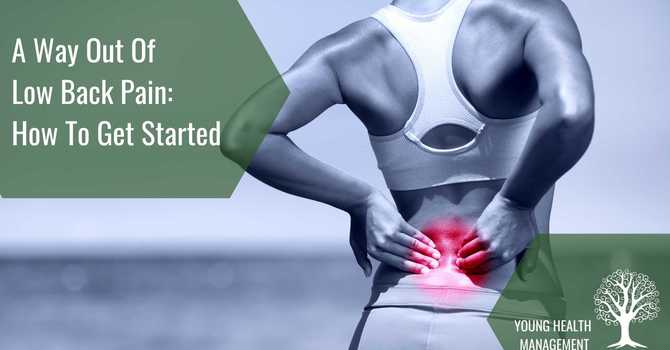
As a Chinese Medicine practitioner in Duncan, I have patients asking me about reducing their pain and improving their health and wellness. I often start with stress and inflammation, which in turn, leads me directly to stress reduction techniques and food. I'll leave stress reduction techniques for another day. Let's start with food. Food is either nourishing or draining or a combination of both. I suggest making food nourishing; this bolsters the immune system, reduces inflammation and pain, which then reduces internal stress and increases speed of recovery.
What this looks like is first, assessing the season and making adjustments with regards to the thermal nature of foods that align with the season. Autumn is here and with it is cooler weather, bountiful farms, gradually shorter days and longer nights as we transition away from the heat of the summer. During the summer, cooling foods such as salads, iced peppermint tea, intermittent fasting and smoothies with raw kale and spirulina were appropriate. The body had support from the hot days, so could afford the cooling foods and occasionally skipped meals. But now, with the long days of summer behind us, the caloric needs of the body are different. We are now in the gradual cooling nature of the season and with a greater need for more warming foods. Thankfully we live in an area of the world where we have an abundance of local farms bursting with delicious food options. Some of the local warming and neutral foods are pumpkins, squash, yams, onions, bell peppers, pears and red meats.
Let me get into this topic a little deeper. The caloric needs of the body are different from season to season. Foods that were perfect for summer are no longer a fit for autumn or winter. The cooling of the earth during the autumn puts more caloric pressure on the body, so warmer and denser foods are needed the closer we get to winter. Lamb stew with bell peppers, onions, garlic, chilis, potatoes and hearty bone broth is a nourishing autumn or winter meal. The time for intermittent fasting comes to a close when the autumn leaves start to change. How do we know this? Look to the ancestors.
Humans are ancient creatures, having been around for two hundred thousand years as Homo sapiens. For one hundred and ninety thousand years we spent our time as hunter/gatherers. What does this mean today and what does it have to do with the seasons and the thermal nature of foods?
It means our DNA has been around for a very long time and has had time to adapt to the seasonal shifts of the planet. Each person has a specific lineage to a geography, and that geographical area was able to harvest particular plants and animals each season. The closer we can eat like our ancestors, the more we are in sync with the rhythm of our inner being of our ancestors. This does not mean eating foods we don’t like. Simply eating more to the nature of those foods and incorporating them into our weekly diet will nourish us deeply.
With our more international ancestry, we can play with the variety of foods available to us and find a rhythm all our own. For instance, I have a mix of western European and Indigenous ancestry, so I like to incorporate oats soaked in apple cider vinegar, rinsed and cooked with butter and pears from my Scottish lineage and then bone broth served with local veggies and meat from my Indigenous lineage. Neither of those are family recipes, but they both align with the seasonal and thermal nature of the foods my ancestors ate.
Overall the goal is to create a daily intake of balanced foods that consider your ancestors and the thermal nature of the season. Food can be medicine; it can deeply nourish you each and every day.
Google search the following to access a good resource about the Thermal Nature of Foods - Shen-Nong Property of Food


